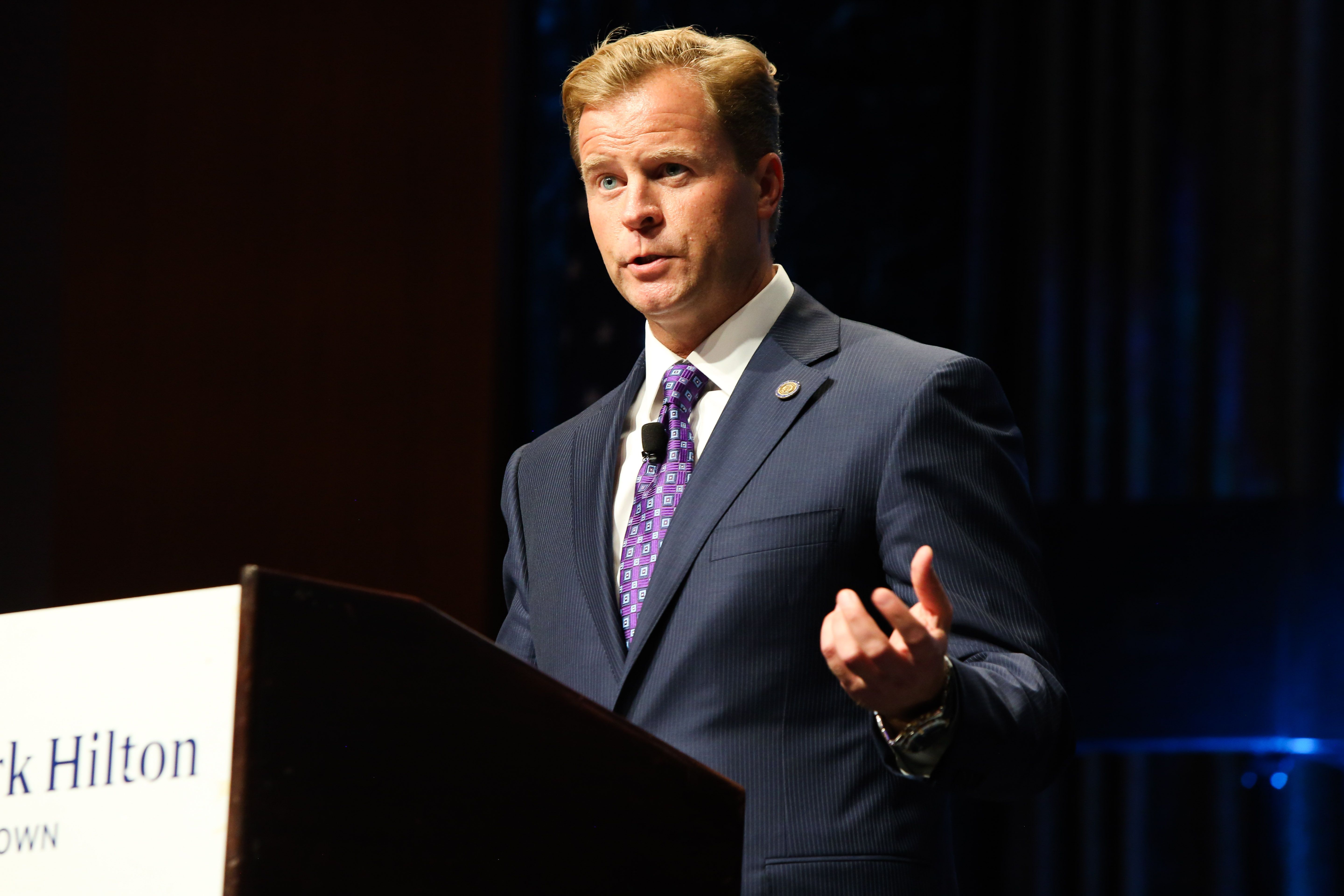ARTICLE AD
Regulatory clarity and new use cases drive stablecoin adoption in emerging and developed markets.

Photo: Solana Floor
Key Takeaways
The stablecoin market has reached $190 billion with potential regulatory support under Trump. Emerging markets like Brazil, Turkey, and Nigeria lead in stablecoin adoption for financial services. <?xml encoding="UTF-8"?>The stablecoin market continues to demonstrate its potential to reshape global finance, with its market capitalization reaching a record $190 billion, according to DeFiLlama data.
According to a report by The Block, stablecoin adoption could rise significantly, potentially representing 10% of US M2 money supply transactions, up from the current 1%.
The report cites Standard Chartered and Zodia Markets analysts, who attribute this growth to the legitimization of the sector, emphasizing that regulatory reforms under the Trump administration could accelerate this adoption.
Regulatory clarity is expected to boost adoption in areas like cross-border payments, payroll, trade settlement, and remittances.
Analysts Geoff Kendrick and Nick Philpott emphasized that the Trump administration could spearhead substantial progress in regulating stablecoins, a shift from the Biden administration’s limited advancements.
The rise of stablecoins is also driven by inefficiencies in the traditional financial system, such as the opaque fee structures of SWIFT and correspondent banking networks.
Users in emerging markets like Brazil, Turkey, and Nigeria are increasingly adopting stablecoins for currency substitution, cross-border payments, and accessing high-yield financial products, as highlighted in The Block’s report.
This growing adoption is paralleled by Tether’s recent expansion into traditional finance transactions, such as funding its first crude oil transaction in the Middle East, signaling increased confidence in the stablecoin market.
Similarly, Stripe’s $1.1 billion acquisition of stablecoin startup Bridge signals growing interest from traditional financial institutions.
As Trump’s pro-crypto policies drive optimism across the digital asset sector, analysts see stablecoins becoming integral to global commerce, with their use cases expanding far beyond trading.
Disclaimer
 2 months ago
89
2 months ago
89 



